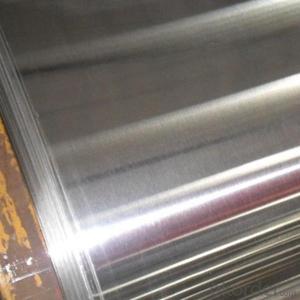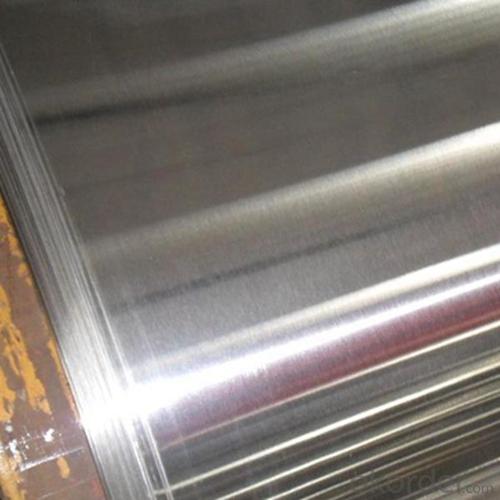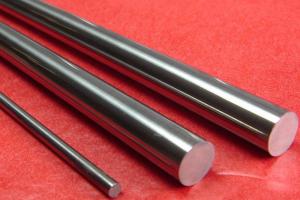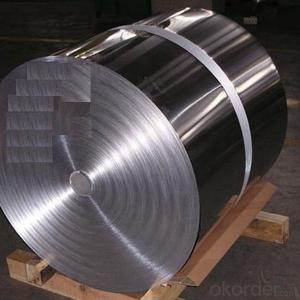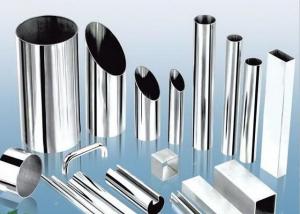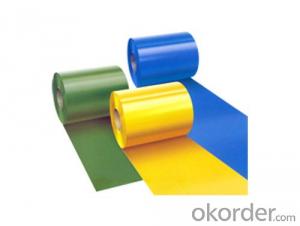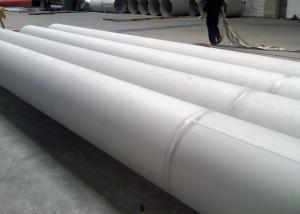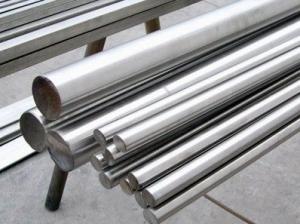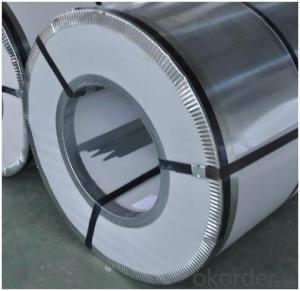Rose Gold Color Hairline Finish Stainless Steel Sheeta Made in China
- Loading Port:
- Shekou
- Payment Terms:
- TT OR LC
- Min Order Qty:
- 25 m.t.
- Supply Capability:
- 20000 m.t./month
OKorder Service Pledge
OKorder Financial Service
You Might Also Like
Specification
Products Description for Stainless Steel Coils/Sheets:
Name: stainless steel coils/plates/sheets
Discharge Port: Any Port, China
Cold Rolled Size: Thickness0.3-8mm,Width:280-2100mm
Hot Rolled Size: Thickness3-14mm,Width:650-2100mm
Hot Rolled/Cold Rolled Plates : Thickness2-80mm,Width:1500-3000mm
Coil Weight: About 20 Tons
Grade: 201,202,304/304L/304H, 316/316L/316H, 409/L,430 etc.
Technique: Hot Rolled/Cold Rolled
Finish:2B, BA, 2D, No1, No2 etc
Edge: Mill Edge / Slitting Edge
Packaging: In bundles, or as customer's requirement
Place of Origin: Made in China
MOQ: 20 Tons
Payment Terms: 100% LC at sight, or 100%TT in advance
Delivery Time: With 30-40 days after deposit
Features of Stainless Steel Coils
(1)Good ductility
(2)Good corrosion resistance
(3)Excellent abrasion resistance and fatigue strength
(4)Good weldability
(5)Oxidation resistant performance
(6)Excellent in high temperature
Detail picture for Stainless Steel Coils/Sheets
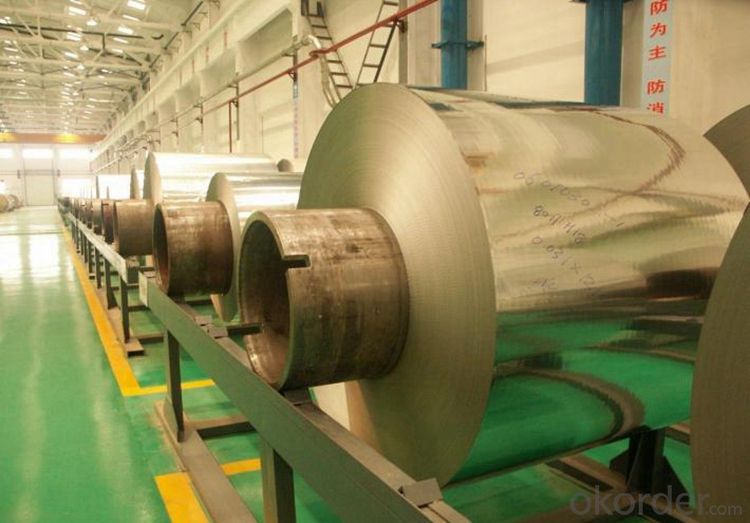
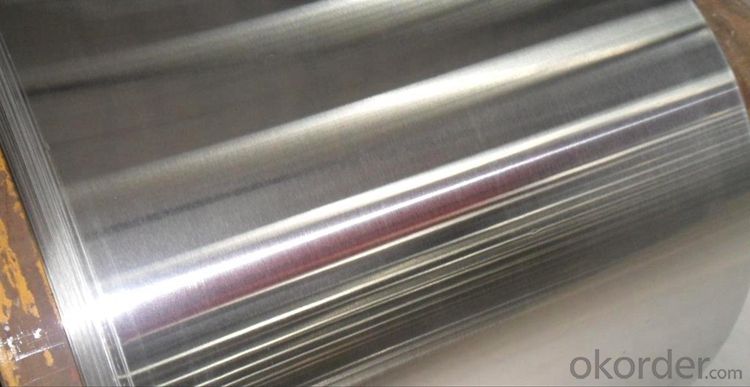
Application for Stainless Steel Coils/Sheets:
Boiler heat exchanger, machinery andpetroleum ,chemical industries, hardware fields,Food industry,construction material,kitchen utensils, building construction, medical equipment,chemical tank, pipe etc
Application for Stainless Steel Coils/Sheets
Finish | Definition | Application |
2B | Those finished, after cold rolling, by heat treatment, pickling or other equivalent treatment and lastly by cold rolling to given appropriate luster. | Medical equipment, Food industry, Construction material, Kitchen utensils. |
BA | Those processed with bright heat treatment after cold rolling. | Kitchen utensils, Electric equipment, Building construction. |
NO.3 | Those finished by polishing with No.100 to No.120 abrasives specified in JIS R6001. | Kitchen utensils, Building construction. |
NO.4 | Those finished by polishing with No.150 to No.180 abrasives specified in JIS R6001. | Kitchen utensils, Building construction, Medical equipment. |
NO.1 | The surface finished by heat treatment and pickling or processes corresponding there to after hot rolling. | Chemical tank, pipe. |
FAQ for Stainless Steel Coils/Sheets:
Q:How to order?
A: Please send us your purchase order by email or fax .or you can ask us to send you a proforma invoice for your order .We need to know the following information for your order.
1) Shipping information-company name, street address, phone number, fax number, destination sea port
2) Product information – Quantity, Specification (steel type, thickness, width, surface finish)
3) Delivery time required
4) Forwarder's contact details if there's any in China
- Q: Are stainless steel sheets suitable for elevator control panels?
- Stainless steel sheets are indeed appropriate for elevator control panels. This resilient and impervious material is capable of enduring diverse environmental conditions, such as continuous usage, moisture, heat, and chemicals. Elevator control panels necessitate a substance that is effortless to cleanse, resistant to marks and deformations, and visually pleasing. Stainless steel fulfills all of these requirements, rendering it an optimal selection for elevator control panels. Moreover, stainless steel possesses a sleek and contemporary look, thereby augmenting the overall design of the elevator interior.
- Q: Can stainless steel sheets be used in construction projects?
- Indeed, construction projects can make use of stainless steel sheets. Stainless steel, a versatile and sturdy material, finds widespread application in various construction scenarios. Its reputation for corrosion resistance renders it suitable for outdoor and high-moisture settings. Buildings often employ stainless steel sheets for roofing, wall cladding, structural elements, and decorative aspects. Moreover, they serve interior purposes like countertops, backsplashes, and elevator panels. Furthermore, stainless steel sheets come in diverse finishes and textures, enabling customization and enhancing aesthetic charm in construction endeavors.
- Q: Are stainless steel sheets resistant to heat?
- Yes, stainless steel sheets are highly resistant to heat. Stainless steel is a type of steel alloy that contains a high percentage of chromium, which provides excellent heat resistance properties. This enables stainless steel sheets to withstand high temperatures without warping, deforming, or losing their structural integrity. Stainless steel sheets are commonly used in applications that require heat resistance, such as in the construction of ovens, cookware, industrial equipment, and automotive parts. Additionally, stainless steel sheets also have good oxidation resistance, which means they can maintain their appearance and properties even at elevated temperatures. Overall, stainless steel sheets are an excellent choice for applications where heat resistance is a crucial requirement.
- Q: Are stainless steel sheets resistant to saltwater?
- Yes, stainless steel sheets are resistant to saltwater. Stainless steel is known for its corrosion resistance, and it is particularly well-suited for environments with high levels of saltwater exposure. The chromium content in stainless steel forms a protective layer on the surface of the metal, preventing rust and corrosion. This makes stainless steel sheets an excellent choice for applications in marine environments, such as boat construction, offshore structures, and coastal infrastructure. Additionally, stainless steel's resistance to saltwater also makes it suitable for other applications like coastal architecture, kitchen equipment, and medical instruments.
- Q: What is the tensile strength of stainless steel sheets?
- The tensile strength of stainless steel sheets can vary depending on the specific grade and thickness of the material. Generally, stainless steel sheets exhibit a higher tensile strength in comparison to other materials. For instance, stainless steel sheets like the commonly used 304 and 316 grades typically possess tensile strengths ranging from 515 to 690 megapascals (MPa) or 74,800 to 100,000 pounds per square inch (psi). However, it is crucial to note that the tensile strength values may differ for various grades and thicknesses of stainless steel sheets. It is always advisable to seek precise information regarding the tensile strength of specific stainless steel sheets from the manufacturer or supplier.
- Q: What are the different types of stainless steel sheet patterns available?
- There are several different types of stainless steel sheet patterns available, including plain, diamond, quilted, and hammered. Plain patterns have a smooth, flat surface, while diamond patterns feature raised diamond-shaped ridges. Quilted patterns have a decorative quilt-like design, and hammered patterns have a textured, hammered appearance. These various patterns offer different aesthetic options for stainless steel sheets.
- Q: Can stainless steel sheets be etched with designs?
- Yes, stainless steel sheets can be etched with designs.
- Q: How do stainless steel sheets compare to other materials?
- Various industries favor stainless steel sheets due to their numerous advantages over other materials. The exceptional durability and strength of stainless steel are well-known. It can endure high temperatures, pressure, and corrosion, making it suitable for a wide range of applications. Moreover, this durability ensures a longer lifespan and reduces the need for frequent replacements, ultimately saving time and money. Stainless steel sheets also possess excellent resistance to corrosion and rust. This property is particularly crucial in environments with high humidity or exposure to chemicals, as it prevents degradation and maintains the material's integrity. Unlike aluminum or carbon steel, which may require protective coatings or regular maintenance to achieve similar levels of corrosion resistance, stainless steel sheets naturally possess this quality. Furthermore, stainless steel sheets boast a clean and smooth surface finish, making them visually pleasing and easy to clean. This attribute is of utmost importance in industries such as food processing, pharmaceuticals, and healthcare, where hygiene and cleanliness are paramount. Stainless steel sheets also offer versatility in terms of fabrication and customization. They can be easily formed, welded, and shaped into different sizes and configurations, allowing for a wide range of applications. This versatility makes stainless steel sheets suitable for architectural, automotive, and industrial uses. Lastly, stainless steel is environmentally friendly. It is 100% recyclable, meaning it can be melted down and reused without any loss in quality or performance. This recyclability reduces the demand for new materials and minimizes the environmental impact associated with manufacturing processes. In summary, stainless steel sheets surpass other materials in terms of durability, corrosion resistance, cleanliness, versatility, and environmental sustainability. These qualities establish stainless steel sheets as the superior choice for various industries and applications.
- Q: Is stainless steel plate permitted to contact galvanized material?
- The reason why stainless steel can not be welded or contacted directly with ordinary steel is to prevent corrosion of stainless steel, not to prevent corrosion of ordinary steel.
- Q: How do you prevent crevice corrosion on stainless steel sheets?
- To prevent crevice corrosion on stainless steel sheets, there are several measures that can be taken: 1. Regular cleaning and maintenance: Keeping the stainless steel sheets clean and free from any contaminants is crucial in preventing crevice corrosion. Regular cleaning with mild detergent and water, followed by thorough rinsing and drying, helps remove any potential corrosive agents. 2. Avoiding accumulation of debris or moisture: It is important to ensure that there are no crevices or gaps where debris or moisture can accumulate. Regular inspection and maintenance can help identify and rectify any such areas. Additionally, maintaining good drainage systems and avoiding water pooling can help prevent the accumulation of moisture, which can contribute to crevice corrosion. 3. Applying protective coatings: Applying a protective coating on the stainless steel sheets can provide an additional barrier against crevice corrosion. There are various types of coatings available, such as paints, epoxy coatings, or specialized corrosion-resistant coatings specifically designed for stainless steel. 4. Using appropriate gaskets and sealants: When fastening or joining stainless steel sheets, it is important to use compatible gaskets and sealants. These should be resistant to corrosion and provide a barrier against moisture and contaminants. Silicone-based sealants or gaskets made from PTFE (polytetrafluoroethylene) are commonly used for this purpose. 5. Preventing galvanic corrosion: Galvanic corrosion can occur when dissimilar metals come into contact with each other in the presence of an electrolyte, leading to corrosion of the less noble metal. To prevent this, it is important to avoid using dissimilar metals in close proximity to stainless steel sheets. If it is necessary to use dissimilar metals, insulating materials or coatings can be used to separate them. 6. Regular inspection and maintenance: Regularly inspecting the stainless steel sheets for any signs of corrosion and addressing them promptly is essential in preventing crevice corrosion. This includes checking for any signs of pitting, discoloration, or degradation of the protective coatings. Any identified issues should be addressed immediately to prevent further corrosion. By following these preventive measures, crevice corrosion on stainless steel sheets can be effectively minimized, ensuring their longevity and maintaining their aesthetic appeal.
Send your message to us
Rose Gold Color Hairline Finish Stainless Steel Sheeta Made in China
- Loading Port:
- Shekou
- Payment Terms:
- TT OR LC
- Min Order Qty:
- 25 m.t.
- Supply Capability:
- 20000 m.t./month
OKorder Service Pledge
OKorder Financial Service
Similar products
Hot products
Hot Searches
Related keywords
